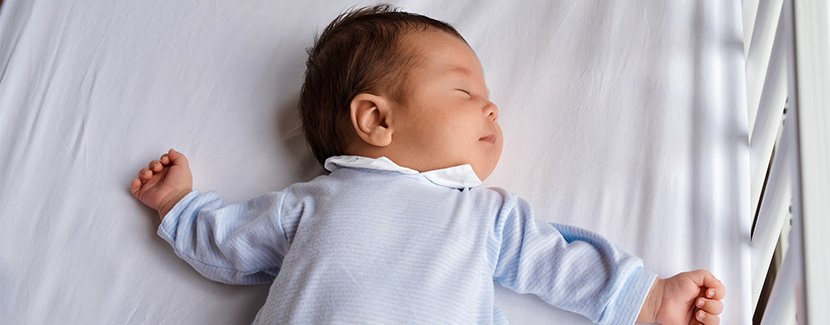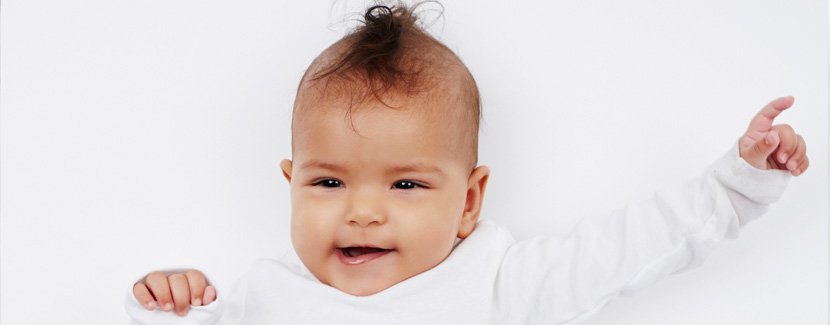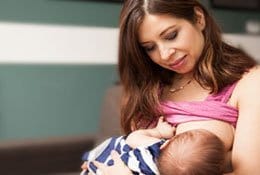Safe Sleep For Your Baby

What Does A Safe Sleep Environment Look Like?
For More Information
For more information about the Safe to Sleep® campaign call, 1-800-505-CRIB (2742). Or visit the Safe to Sleep website. You may also call Cottage Health Trauma Services at 805-569-7521.
- Use a firm and flat sleep surface, such as a mattress in a safety-approved crib*, covered by a fitted sheet.
- Baby should not sleep in an adult bed, on a couch, or on a chair alone, with you, or with anyone else.
- Do not smoke or let anyone else smoke around your baby.
- Do not put pillows, blankets, sheepskins, or crib bumpers anywhere in your baby’s sleep area.
- Keep soft objects, toys, and loose bedding out of your baby’s sleep area. Make sure nothing covers the baby’s head.
- Dress your baby in sleep clothing, such as a wearable blanket. Do not use a loose blanket, and do not overbundle.
- Always place your baby on his or her back to sleep, for naps and at night.
* A crib, bassinet, portable crib, or play yard that follows the safety standards of the Consumer Product Safety Commission (CPSC) is recommended. For information on crib safety, contact the CPSC at 1-800-638-2772 or http://www.cpsc.gov.
Reduce the Risk of SIDS

Reduce the Risk of Sudden Infant Death Syndrome (SIDS) and Other Sleep-Related Causes of Infant Death

Breastfeeding Reduces SIDS Risk
Breastfeed your baby to reduce the risk of SIDS. Breastfeeding has many health benefits for mother and baby. If you fall asleep while feeding or comforting baby in an adult bed, place him or her back in a separate sleep area as soon as you wake up.
- Always place baby on his or her back to sleep, for naps and at night, to reduce the risk of SIDS.
- Use a firm and flat sleep surface, such as a mattress in a safety-approved crib*, covered by a fitted sheet with no other bedding or soft items in the sleep area.
- Share your room with baby. Keep baby in your room close to your bed, but on a separate surface designed for infants, ideally for baby’s first year, but at least for the first 6 months.
- Do not put soft objects, toys, crib bumpers, or loose bedding under baby, over baby, or anywhere in baby ’s sleep area.
- Get regular prenatal care during pregnancy.
- Women should avoid smoking, drinking alcohol, and using marijuana or illegal drugs during pregnancy or after the baby is born.
- Do not smoke during pregnancy, and do not smoke or allow smoking around your baby or in your baby’s environment.
- Think about giving your baby a pacifier for naps and nighttime sleep to reduce the risk of SIDS.
- Do not let your baby get too hot during sleep.
- Follow guidance from your health care provider on your baby’s vaccines and regular health checkups.
- Avoid products that go against safe sleep recommendations, especially those that claim to prevent or reduce the risk for SIDS.
- Do not use heart or breathing monitors in the home to reduce the risk of SIDS.
- Give your baby plenty of tummy time when he or she is awake and someone is watching.
* A crib, bassinet, portable crib, or play yard that follows the safety standards of the Consumer Product Safety Commission (CPSC) is recommended. For information on crib safety, contact the CPSC at 1-800-638-2772 or http://www.cpsc.gov.

